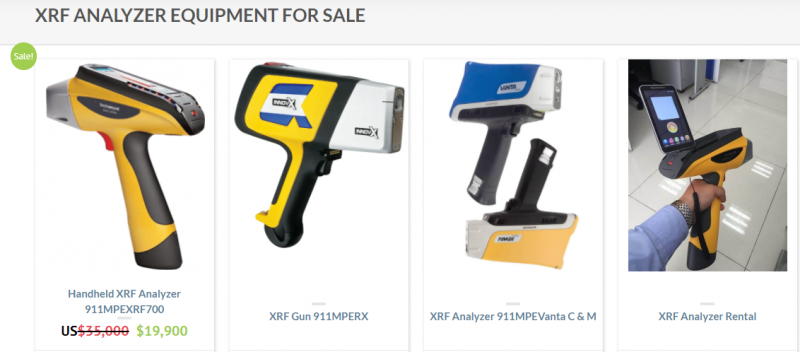Inline Pressure Jig
Figure 1. Flow of material through Inline Pressure Jig. The feed is introduced through the feed pipe and distributor 1. The feed slurry is turned around in the distributor and flows out into area 2. which is called deceleration chamber. Due to the large volume of the deceleration chamber the flow rate drops below a […]
Centrifugal Slurry Pump Wear
Over the last fifteen years numerical methods have been developed to enable the calculation of Centrifugal Slurry Pump Wear. The solids and slurries involved vary tremendously, and with the limitations of the calculating methods, total accuracy cannot be obtained. However, by calibrating the results with field data, the calculated data has proven to be quite […]
Pressure Filtration Theory
The pressure filtration of flocculated suspension was described as a compressional theology model far evaluation of filtration data. Others divided the filtration process into two stages as compact formation (stage 1) and compact consolidation (stage 2) stages. They developed a conventional engineering approach for analysis of stage 2. In this study, conventional filtration theory was […]
Altair Centrifugal Jig
During the past decade, several enhanced gravity concentrators have evolved to commercial scale as a result of the need to achieve efficient gravity-based separations for the treatment of ultrafine particles. The initial interest in enhanced gravity separators (EGS) was for the recovery of fine gold, which represents a low product flow rate application whereby the […]
How Ferric Ions Affects Xanthate Adsorption – Collection
The purpose of the present investigation was to study the possible role of Fe3+ ions in the flotation of sulfide minerals, specifically on activated sphalerite and chalcopyrite. Experimental Sample: Specimen-grade Chalcopyrite & sphalerite was obtained from the Ward’s Natural Science Est., Inc. It contains 0.035% Fe, 0.012% Cu and <0.001% Pb by weight, and has […]
XRD Mineralogy & XRF Analysis
I want to start with a basic introduction with the XRD and XRF technology and how they are similar, and how they differ. So, what is X-ray fluorescence? Very simply put, X-ray fluorescence uses an excitation source to excite elements, electrons within an atom. This excitation will eject an electron from its orbital and there […]
Bruker Handheld XRF
This is a general safety information regarding Bruker’s handheld X-ray fluorescence XRF analyzers. Proper training is vital for compliance, safe operation and understanding of the operator’s responsibilities associated with handheld XRF analyzer use. The term radiation is used to describe forms of energy emitted as particles or electromagnetic waves. There are two types of radiation: […]
Gold Testing

There are several supplies that we sell for gold testing and I wanted to give you an overview of the kinds of things that you can expect to use and need and talk about the basics of gold testing. So, what I’ve got in front of me are some beginning supplies. We’ve got our testing […]
Niton XL3T XRF Analyzers
Welcome to a brief handheld XRF positive material Identification Analyzer tutorial. For complete operating and maintenance guidelines, you should always refer to the operator’s manual. These instruments use X-ray fluorescence to allow users to identify the elemental makeup of alloys and numerous other materials, to determine heavy metal content in soils, to look for lead […]
X-Ray Fluorescence Spectroscopy XRF

In X-ray fluorescence spectroscopy an X-ray source is used to irradiate the sample with X-ray radiation. If the energy of this radiation is sufficient, then it will interact with the atom’s inner shell electrons causing them to be kicked out. Almost immediately, a relaxation process takes place where one of the outer shell electrons fall […]
